American Quilt artist, Bisa ButlerBisa Butler is an artist who creates detailed quilts that look like paintings. Some art experts say her technicolor portraits of blacks are transforming the entire medium of quilt-making. Her first private museum exhibit is now on display in Chicago and was viewed by NPR's Cheryl Corley. Butler chooses his palette like a painter. Most of her palettes of her fabrics come from Ghana, her father's hometown or other African countries. A native of New Orleans, her mother grew up in Morocco. Erica Warren, associate curator of textiles at the Art Institute, said the museum has been collecting quilts since the early 20th century and has a collection of about 230 pieces. Warren says Butler's quilts resonate across the fields of painting, photography and textiles. The intricacy of the quilts — the billowy dresses for four little girls, the layered fabrics that make up a background — astonish many of the gallery visitors who pull out their cameras for pictures. Butler's artistry is part of a family tradition — a knowledge of textiles and clothing passed down from her mother and grandmother both accomplished seamstresses. Typically considered a craft, Butler agrees the art world is beginning to give quilting its due. I like what she said in a magazine interview below. SA: What do you want viewers to get out of your work? BB: [My work] is a document of what my life is like as a black woman and the way I see things. So I made this portrait to show others how black people see themselves. It's an insider's view of a community that isn't always paying attention, a community that's deliberately mischaracterized, lied to, or ignored. I hope my legacy tells the truth about the black community. She spends more than 200 hours per piece to create great works through precise, long-term research and hard work. Each color in her work has a meaning and has its own story. This is not a simple quilt or fabric art, but it feels like a life that is engraved by individual experiences. Her work is beautiful and powerful. The characters in her quilt work are stuffed in her grandmother's old photo album. However, she summoned the characters of her past to the present day with modern sensibility and three-dimensional color and texture. And then it seems to remind us again how beautiful, sophisticated and cool black people are. There are black people among my friends too. I actually don't like the division of colors into black, white and yellow like this. Because, as Bisa Butler said, we are just human beings. Her views on life and philosophy were engraved on fabric and appeared in public. I really want to visit an exhibition of her work someday.
0 Comments
Look at nature, work independently, and solve your own problems. by Winslow Homer. Winslow Homer was born in 1836 in Boston, Massachusetts. He became interested in painting under the influence of his mother, who was an amateur watercolorist, and showed his talent for art early on. Homer began working as a freelance illustrator for Harper's Weekly in 1857 and remained active in this field for nearly 20 years. However, with his ambitions as a professional painter, he took evening lectures at the National Academy of Design in the United States, and he also learned painting from a painter named Frederic Rondel. When the Civil War broke out in 1861, he went to the front as a correspondent for Harper's Weekly and recorded battle scenes and the daily lives of Union soldiers in realism. His decisive work that brought Homer to the attention of the art world is 《Prisoners from the Front》 (1866). Based on the experience of the Civil War, this work was painted in oil, but like his other illustrations, it was highly praised for its restrained and bold composition that excluded sentimentality. This work was selected to be exhibited in the United States at the 1867 World's Fair held in Paris. With this as an opportunity, Homer, who went on a trip to Paris, came into contact with the works of modern French painters including Manet and Japanese prints. In the 1870s, Homer painted watercolors exploring the effect of bright, transparent paints. At the time, watercolors were recognized as just a preparatory painting by painters, but Homer was the first artist to exhibit watercolors as a finished work, and watercolors emerged as a major medium of art. He portrayed American life, especially the world of childhood, in a natural and realistic way. And for this, he moved away from city life to a remote coastal area where he could work in peace, painting outdoor landscapes. Indeed, when observing the works of master painters, there is often a fascinating paradox between the apparent ease of their brushstrokes and the profound depth and weight conveyed in their paintings. Masters possess a remarkable ability to create seemingly effortless compositions that captivate and resonate with viewers.
The ease and fluidity apparent in the brushstrokes of masterpieces can be attributed to the years of dedicated practice and honing of their craft. Through countless hours of study, experimentation, and refinement, these artists have developed exceptional technical skills and a deep understanding of their chosen medium. Their mastery allows them to execute complex techniques with apparent simplicity. However, behind the seemingly effortless strokes lies a profound level of thought, intention, and emotional depth. Masters possess an innate ability to distill their artistic vision into powerful visual statements, conveying a wealth of meaning and emotion in their work. Their paintings often carry multiple layers of symbolism, narrative, and personal expression, which contribute to their weight and resonance. The impact of a masterpiece goes beyond technical mastery and aesthetic appeal. It lies in the ability of the artist to communicate on a deeper level, eliciting a range of emotions and provoking contemplation in the viewer. The mastery of these artists enables them to create works that transcend the physical materials and strokes on the canvas, inviting us to delve into the intricacies of the human experience. When we stand before a masterpiece, we are in awe not only of the technical prowess but also of the profound effect it has on us. The combination of apparent ease and immense depth is what makes these works so captivating and awe-inspiring. They remind us of the power of art to evoke emotions, tell stories, and explore the complexities of the human condition. Master of landscape watercolors, Joseph ZbukvikJoseph Zbukvic is an internationally recognized watercolor artist known for his mastery of the medium, particularly in the genre of landscape painting. He was born in Croatia in 1952 and began his artistic journey at an early age. Zbukvic's works are characterized by their loose and expressive style, capturing the essence and atmosphere of the scenes he paints. Zbukvic has won numerous awards and accolades for his watercolor paintings and is highly regarded for his ability to create depth, luminosity, and vibrant color harmonies. He is known for his skillful use of wet-on-wet techniques, bold brushwork, and the incorporation of light and shadow to bring his landscapes to life. When I look at his paintings, I think that paper is not a device that absorbs medium, but like a travel guide that leads to another dimension. Many accomplished watercolor artists, including Zbukvic, possess the ability to create a sense of depth and atmosphere through their skilled brushwork and mastery of the medium. They can manipulate water and pigment on the paper to create beautiful textures, soft washes, and bold strokes that bring the artwork to life. Watercolor paper indeed plays a crucial role in the watercolor painting process. The choice of paper can affect how the pigments interact with the surface, the level of absorption, and the overall visual impact of the painting. Artists often experiment with different types of paper to find the one that best suits their preferred techniques and desired effects. Art has a way of evoking emotions, transporting us to different places, and allowing us to experience a unique perspective. Seven local artist exhibition in Port Jefferson gallery Step into the mesmerizing world of watercolors at the current exhibition showcasing the captivating works of seven talented local painters. The gallery walls come alive with a breathtaking display of colors, textures, and emotions as artists present their unique interpretation of the medium. From serene landscapes to vibrant still lifes, this watercolor exhibition celebrates this fluid medium's diverse and enchanting possibilities. Join us as we delve into the rich tapestry of talent these remarkable artists showcase. In this captivating image of a local painter, Mary Cochrane, the ethereal beauty of yellow mesmerizes the eye, commanding attention with its radiant presence. With an astonishing mastery of color, this artist possesses a remarkable gift for harnessing the hues of nature to evoke profound emotions within the viewer. The artist's brush dances across the canvas, deftly capturing the essence of the natural world and infusing it with her own creative spirit. Through her skilled manipulation of color, she breathes life into landscapes, breathing vitality and emotion into each stroke. The vibrant yellow hues she employs convey a sense of warmth, optimism, and joy, resonating deeply within the viewer's soul. There is a profound sensitivity in the way this artist channels the colors of nature, allowing them to speak and communicate emotions that words often fail to capture. Through her artistry, she unlocks the essence of nature's emotional tapestry, allowing viewers to immerse themselves in its captivating depths. Local painters, the hidden masters of the artistic realm, possess a profound dedication that often goes unnoticed by the media and the public. Yet, they pour their hearts and souls into every brushstroke, infusing their works with an undeniable passion that transcends fame or recognition. It is in their humble studios, immersed in the depths of their creative process, that these artists tirelessly toil, driven by an unyielding devotion to their craft. It is through the unassuming nature of these local painters that we find a unique connection, an intimate glimpse into their world of artistic dedication. Their exhibitions become sacred spaces, where we can witness the culmination of their labor and share in the profound emotions that emanate from their creations. Let us cherish these local painters, for they are the unsung heroes of the art world, breathing life into their works with an ardor that knows no bounds. May their passion continue to ignite the flames of inspiration in our hearts, reminding us of the immense power and beauty that can be found in the silent mastery of these hidden artistic gems. Announcement! Piano Duo One of my students, Elbert's mother(Hsin-Yu Liu), has a piano duo. I am grateful to have gotten to know so many talented people while teaching students personally. Parents who have a lot of interest in art and want their children to learn painting basically have a love for art. That's why I see a lot of cases where their parents also have talent. And I am so grateful that I often hear the news of concerts that have been taken away due to the pandemic. |
Myungja Anna KohArtist Categories
All
Archives
April 2024
|
Proudly powered by Weebly

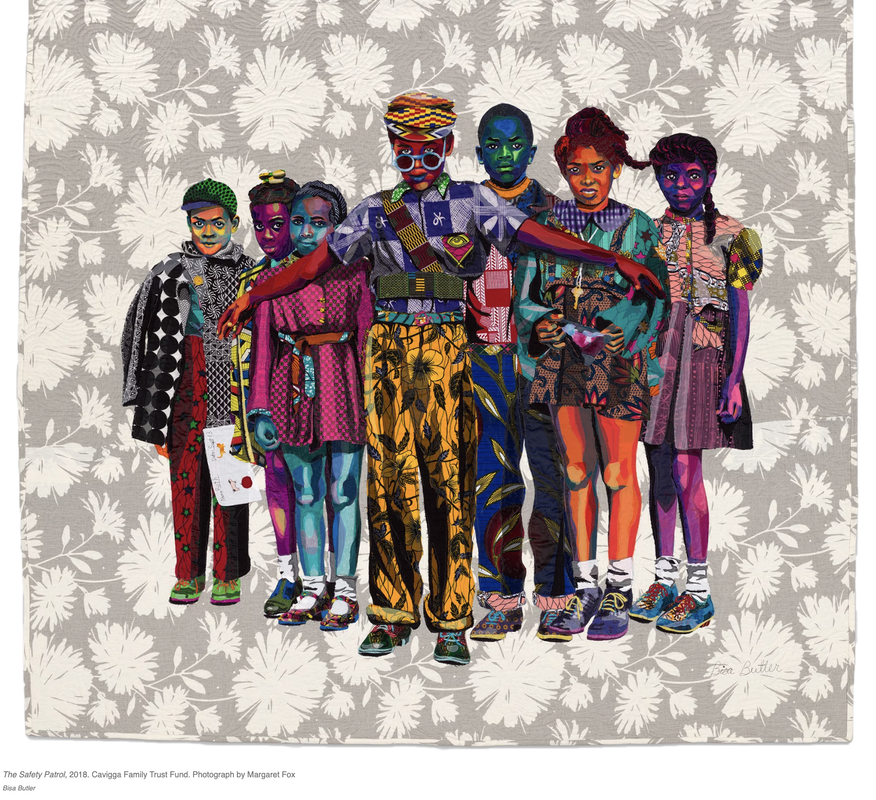
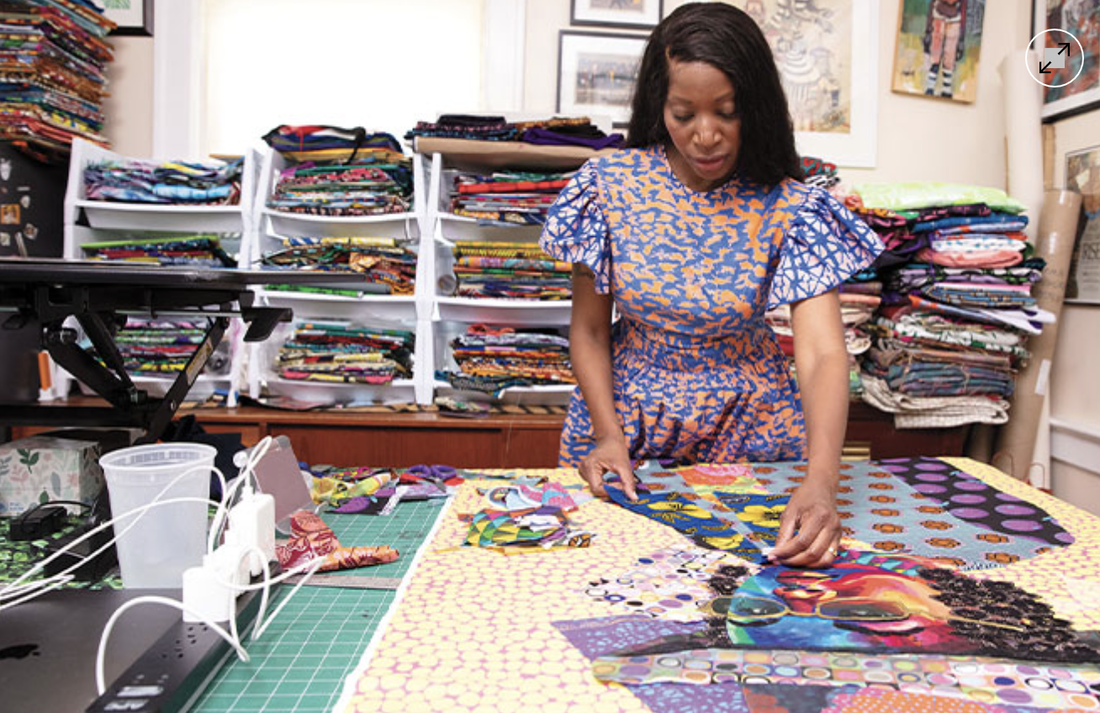


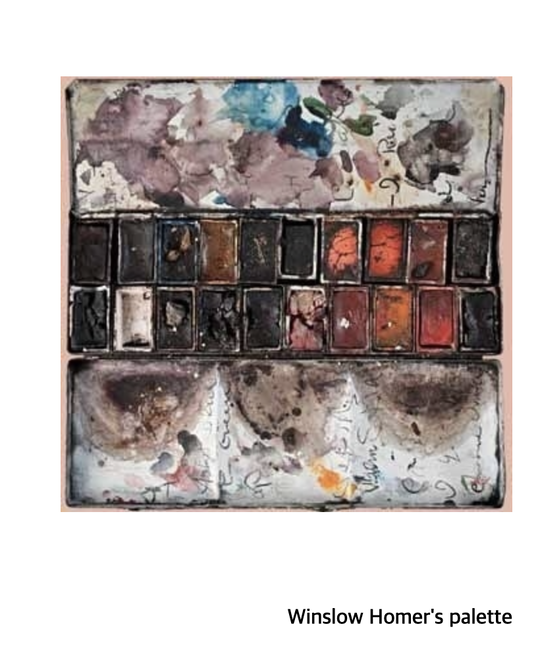










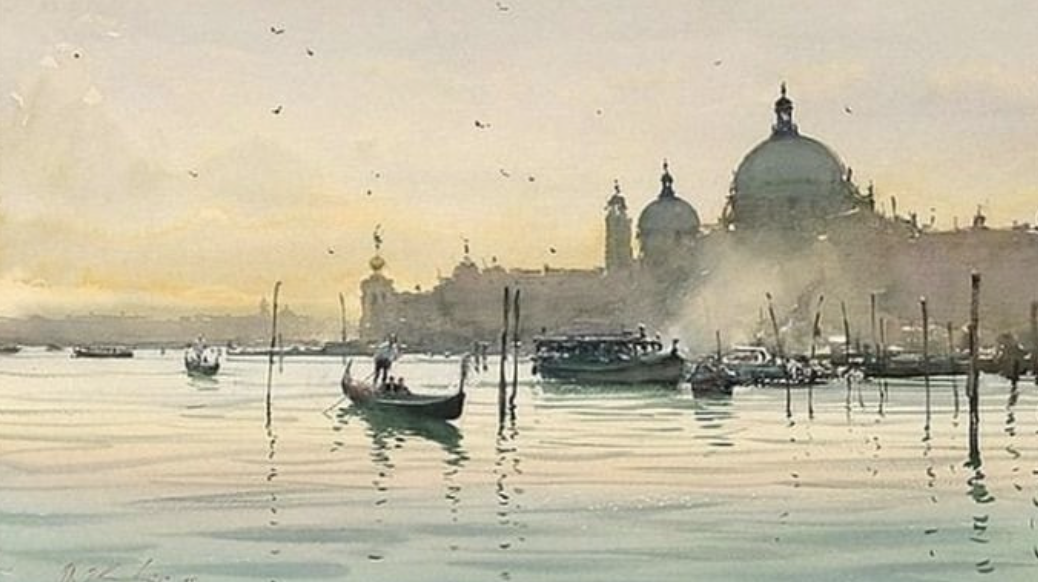




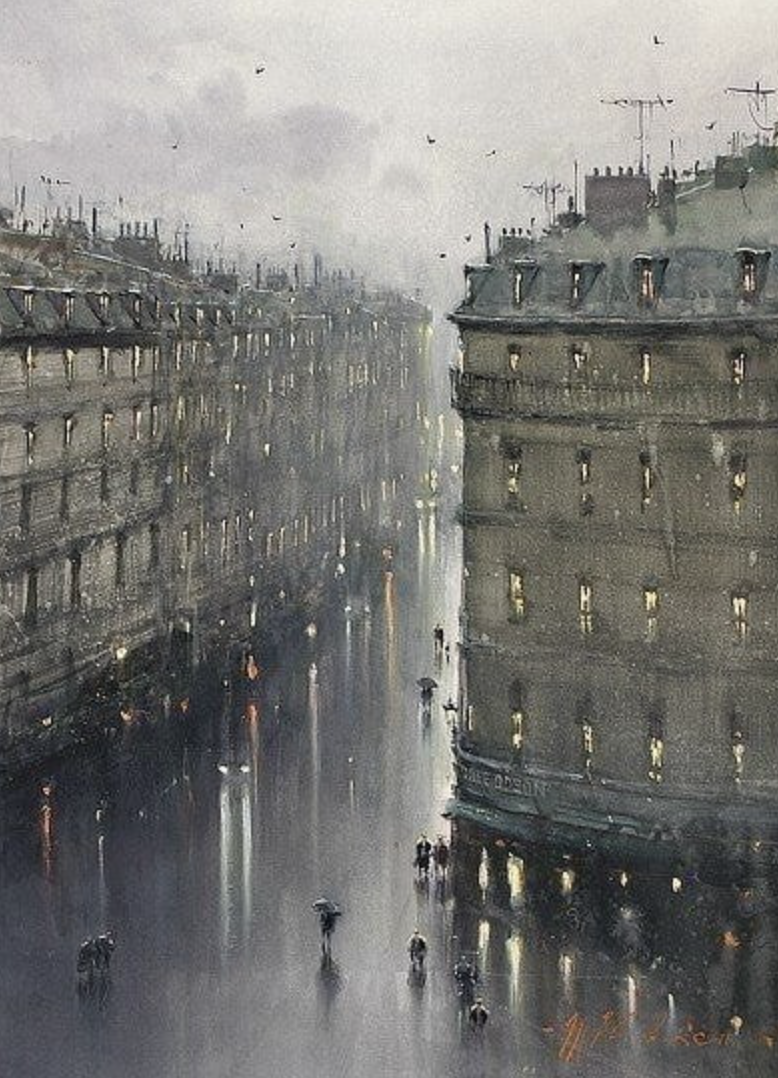










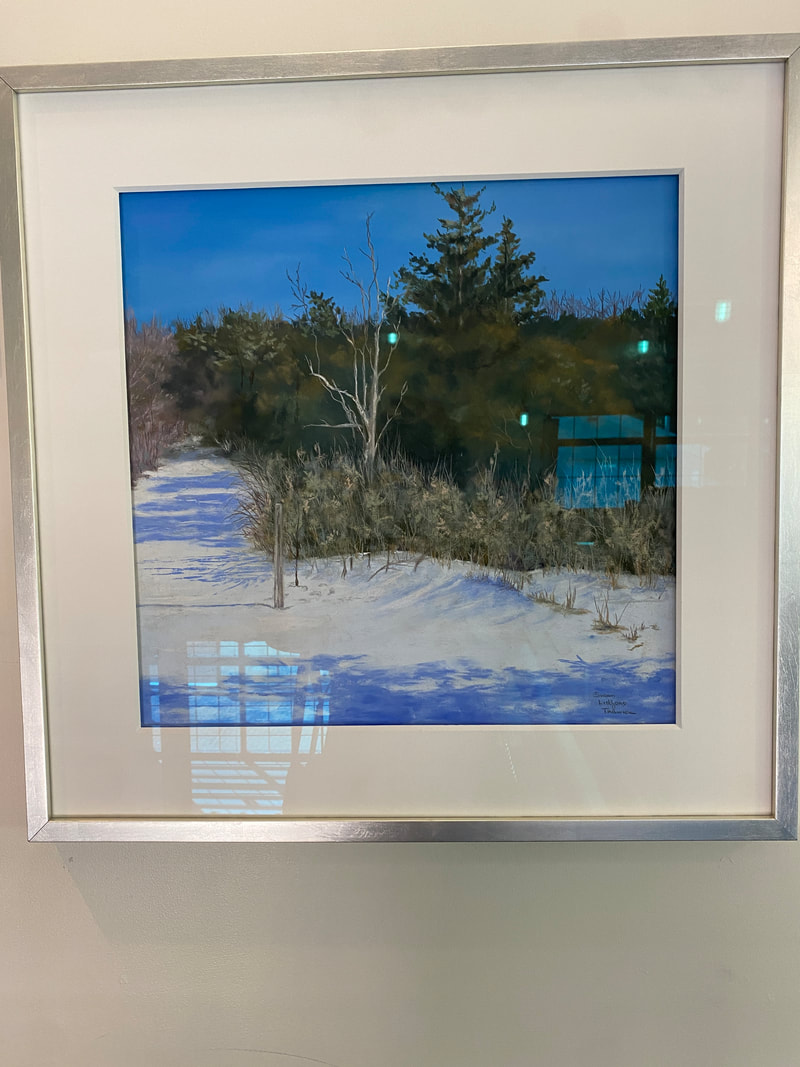




 RSS Feed
RSS Feed